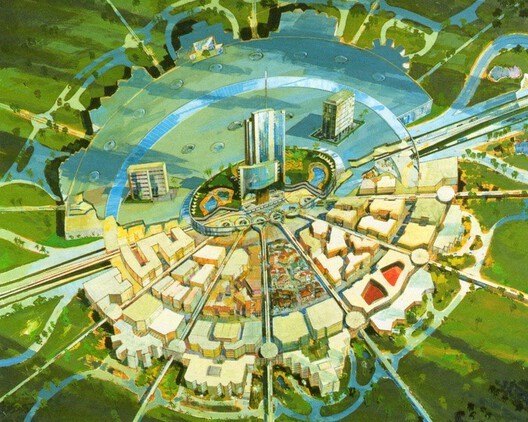#new urbanists
Text
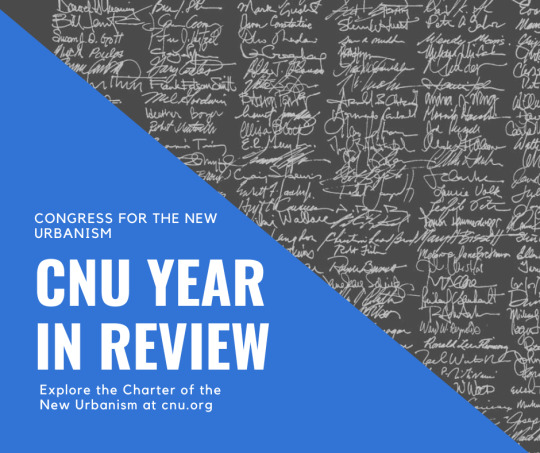
As part of our 30th anniversary, the Charter Amendment Process placed the responsibility of drafting amendments to the Charter into the hands of CNU members. Dozens of amendments were received! Celebrate and represent CNU with a limited edition t-shirt: https://members.cnu.org/giving_2023
0 notes
Text

#septa#numtot#new urbanist memes for transit oriented teens#numtots#transit memes#public transit#philly#philadelphia#memes#original meme#gopissgorl#relatable memes#queer#lgbtqia#pride
22 notes
·
View notes
Text
Wellington Architecture: the Central Spine
Following Route 3 "the Central Spine" from John Walsh's "Wellington Architecture: A Walking Guide" I went for a wander through the western part of Wellington's city centre.
This post doesn't cover every building, or even the exact route, but I highly recommend the book for an interesting way of exploring the capital.
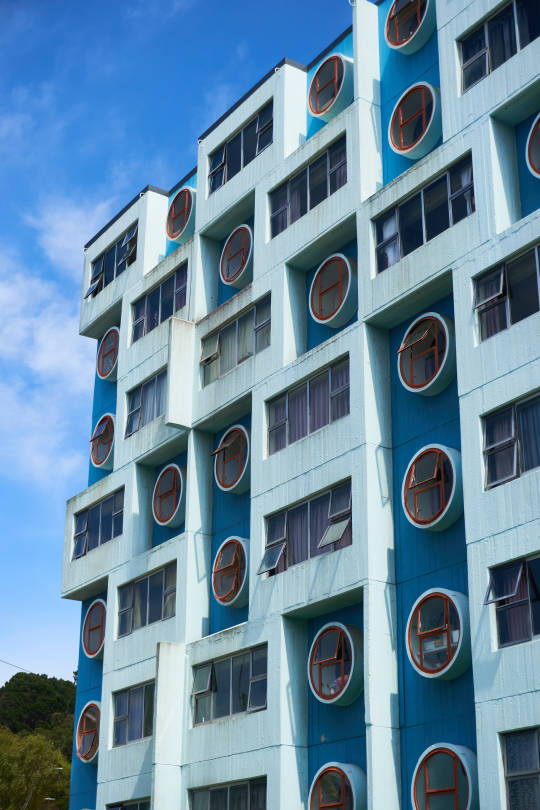
Starting with the Pukehinau Flats (1978) which remind me of LEGO.

Then I headed towards Aro Valley and it's mix of character properties and mid-20th century towers.


The First Church of Christ (1983) has seen better days, and actually since going on this walk, has now been demolished.

St John's (1885) now sits in contrast with 111 Dixon Street, one of Wellington's better examples of urban high density that isn't a flat glass box.

Further up Dixon Street are the Dixon Street Flats (1944). Built as some of the first apartment-based public housing in the country, these now Historic flats are still part of the Kāinga Ora's public housing stock.

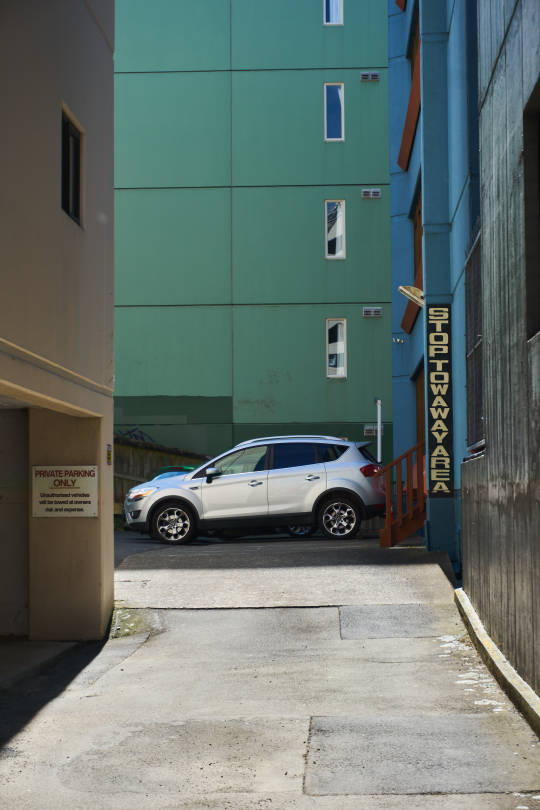
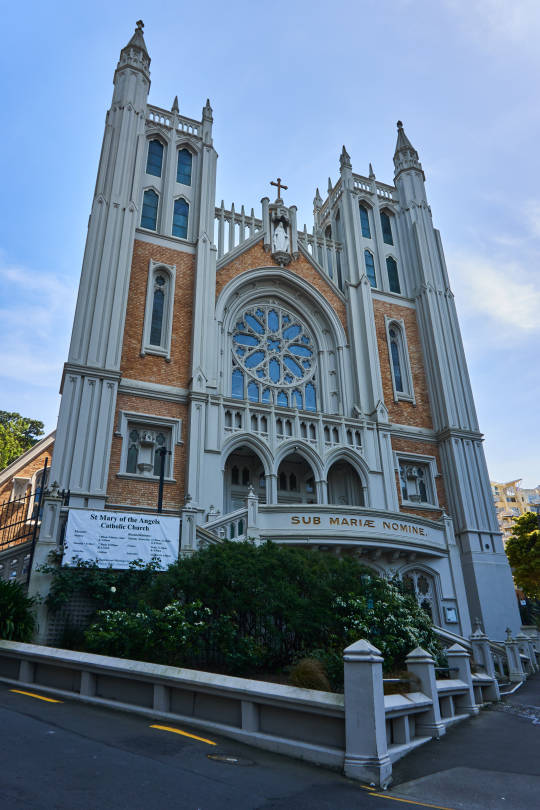
Not that I'm huge on churches but St Mary of the Angels' (1922) is, in my opinion, Wellington's most grand. At least from the outside.
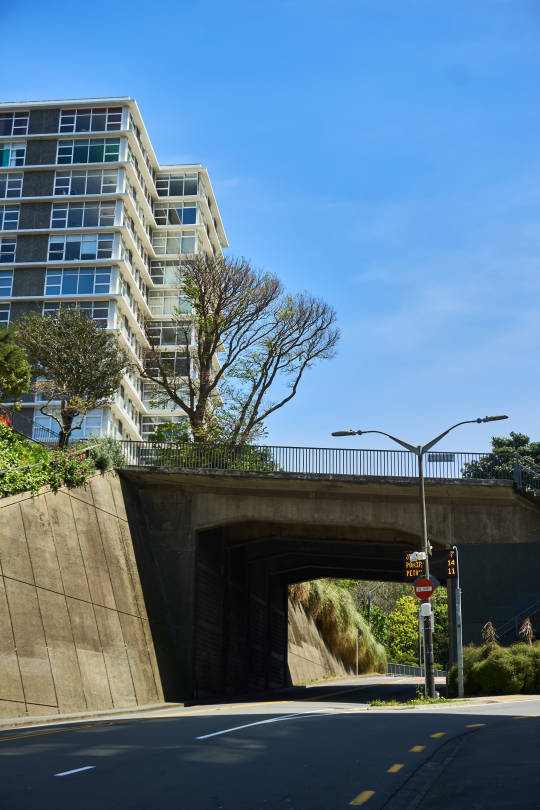
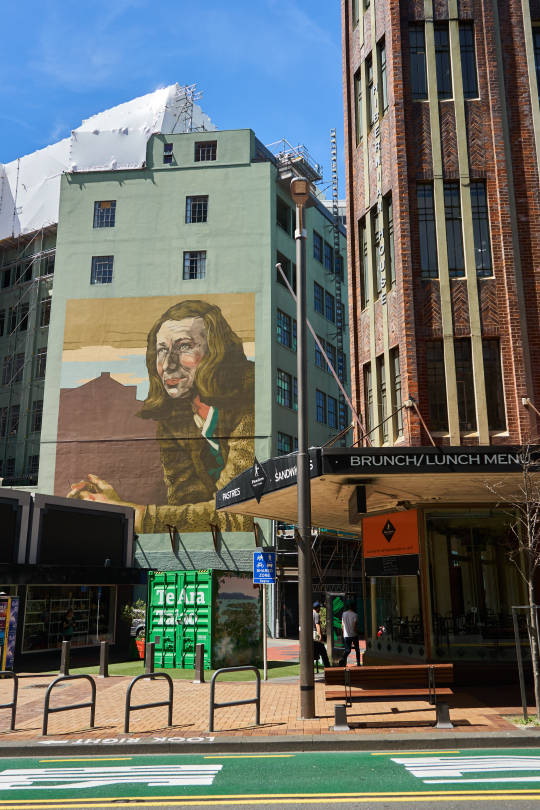
The Hibernian Building (1930, on the right) now marks one side of a small urban park along Willis Street, neighboured by the large Rita Angus mural.
There were many more buildings along the route with architectural interest but were either difficult to photograph or I had already captured them previously. Once again, highly recommend Walsh's book, there are also versions for Auckland and Christchurch now too!
[24 October 2022]
#wlg22#wellington#poneke#te whanganui a tara#architecture#buildings#urban#urbanism#urbanist#city#inner city#aotearoa#new zealand
0 notes
Text
New Urbanist suburbs aren't actually urbanist because they have no transit connections, and are unaffordable to the masses
2K notes
·
View notes
Text
There's a new Not Just Bikes out about the hazards of SUV's to pedestrians and road traffic and there's something really funny about it.
Aside from the road death statistics, do you know where I've heard every single complaint about how SUV's are oversized fashion cars, how no one tows shit, how CAFE and the chicken tax ruined small trucks and cars, how if you do real work you should get a van and how if you have a family you should get a station wagon?
youtube
I hear it from American car guys.
Car guys hate the chicken tax and even if the reasons are different, they hate CAFE's weird imbalance. They want station wagons and sedans because those are fun to drive.
youtube
They are permanently frustrated that if you want a light two wheel drive truck you have to purchase the Ford Ranger from like 2012. If you search any car forum you'll hear endless complaints about how you're fucked on importing a Japanese light truck because the chicken tax will hit you for an extra 25% even if it's a decade old.
Americans in car forums are full of guys who just had kids looking for a normal minivan because they understand what makes good cars and don't want an SUV with no trunk space.

I'm not suggesting that there's some kind of existing unified front between urbanists and petrolheads but it is funny how both groups feel the same way about mainstream vehicle trends.
723 notes
·
View notes
Text
Driving through our cities means that we don't actually interact very much with our cities. I'm not some kooky urbanist who believes in things like "farm to table India Pale Ales" and "marked crosswalks," but I do love to go for a walk. And that's a good thing, because my cars break down often enough that I get a lot of shoe miles in, too.
Most of my city is pretty dull. Industrial yards. Long expanses of highway with nothing in between. Haunted backroads. I try to avoid these parts nowadays, even when I'm in my car, lest the inevitable failure of an electrical system means that I have to walk back through them. No, sticking to the older neighbourhoods is what I'd prefer: tiny houses, Little Free Libraries, coffee shops, plaques commemorating the site of famous serial killings. You're not just walking through there on your way to the auto parts store, you're experiencing your city in a whole new light.
Back in the day, everyone had an unreliable car, and so the city had a lot more stuff in it. Tiny little groceries to get a popsicle from when your cooling system burst. Charming gas stations to push the car into, so that you could be ripped off by the proprietor. Now, with the advances in technology, modern cars are miraculous vehicles that can run up to the half-million-km mark without you so much as giving them a decent carwash. So there's no reason to, say, stop 9.5 km into your 35km commute to work, and hoof it towards the nearest mom-and-pop shop capable of grinding you a new distributor rotor.
If you ask me, that's very depressing to think about. Life should be full of unexpected opportunities for you to meet exciting new people who aren't tow truck drivers. Maybe that dude who watches your front suspension fall off after hitting a pothole will become your best friend. You'll never know, though, because your car's control arm is bolted on all the way by robots who weren't even a little bit drunk. Sad.
287 notes
·
View notes
Note
fantasy sometimes doesn't afford itself the ability to fantasize about a better world with many of the same problems of real life. thankfully ive found fantasy thatfantasize about things like gender roles, orientations, social status, etc. being more accepting, and the world kinder more often than not. question is, as hard as it is to find solid urban fantasy, are there anyworks you know of that use itself to imagine a optimal city for us urban nerds? magic public works, free dragon transit?
So there is a real problem in the fantasy and sci-fi genres that they often have a failure of revolutionary imagination, as I’ve termed it. We’re so used to not just the world as it is but also the public historical imagination of how change happens, that even in art that’s supposed to be about radically reimagining our world or new worlds, we often revert back to the familiar. (I find this tic particularly annoying in alternate history, which is supposed to be about imagining how the world could have evolved differently, but often reverts back to a retelling of (often bad) history with the numbers filed off.)
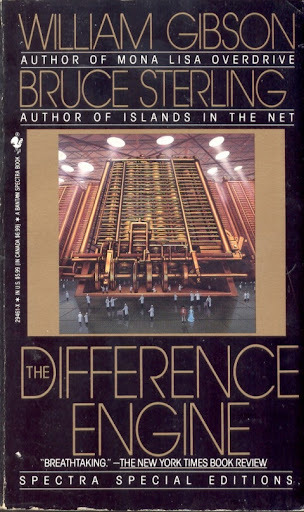
(A sadly rare counter-example.)
You raise a fascinating question about the potential for urbanist fantasy. This is often quite rare in urban fantasy, because often out of a desire to maintain the verisimilitude of urban life, they default to a masquerade scenario which renders it impossible to explore the impact of magic on transit, housing, and other aspects of urbanism because the central conceit is that people with magic are trying to hide and thus have no impact on the mundane world.
However, it does crop up sometimes in Magitech settings, because their central conceit is all about how magic would function in place of science and lead to new ways of organizing societies, urban and otherwise. For a popular example, look at how Arcane examines the social impacts of Hextech and Shimmer. My personal favorite example of urbanist fantasy is the plane of Ravnica from Magic the Gathering.

Ravnica is a ecumenopolis, a city-state that covers the whole planet. The city is governed by a guild council, each of whom are responsible for an aspect of the city’s physical and social infrastructure:
The Azorius Senate is responsible for running the courts and the legal system, and sometimes they run the police as well (although they have a jurisdictional dispute with the Boros Legion on that front).
House Dimir are couriers, messengers, journalists, private investigators, spies, assassins, thieves, and librarians, as well as the city’s clandestine intelligence service - if it deals with information in any way, the Dimir have a hand in it…or do they?
The Cult of Rakdos run the city’s entertainment, food service, retail, and labor recruitment (lots of shanghaing and press ganging goes on in Ravnica) - and they’re also a crazed juggalo bdsm blood cult who are responsible for keeping an ancient arch-demon entertained so he doesn’t try to destroy the city, again.
The Gruul Clans are an anarchist collective responsible for the planet’s wilderness areas, which they try to maximize by violent raids that tear down developed areas any chance they get - which also makes them Ravnica’s main demolition industry. The Boros Legion spends a lot of time defending built-up areas from Gruul rampages.
The Selesnya Conclave are a hippie nature cult commune who manage the city’s parks and other green spaces, as well as providing basic welfare services (food, “shelter,” clothing, etc.) to the city’s poor. They also use magic to do weird hivemind brainwashing in the name of harmony and unity, and they can raise giant Ent-Kaiju to defend the city in times of need.
The Orzhov Syndicate are a vampire banker mafia, and also one of the city’s biggest religions. They believe in debt on a spiritual level, and their religion fully embraces indulgences to their logical conclusion. The Orzhov preach that you can literally buy your way into heaven, and that debts to the (Catholic by way of Prosperity Gospel Evangelical) Church or its many front organizations and legitimate businesses will carry over into the next life; the Orzhov practice debt slavery on both living people and ghosts. And lest you think it’s all a cover for profit-making, they can summon dark angels to conduct rituals, lead services, and make war on their enemies. Something above is answering their prayers…
My personal favorite is the Izzet League, an institute of mad scientists and engineers and elementalist wizards who combine science and magic to research, build, and maintain the city’s infrastructure (as well as funding all tech R&D and theoretical and experimental research in physics, chemistry, and engineering) - the power grid, water and sewer systems, heating and gas lines, as well as the city’s mass transit and transportation/freight system, are all powered by their steam and fire and lightning and Magitech gadgets and robots and cyborgs made out of a magic metal named mizzium. Yes, a lot of their devices explode, and yes their golems and robots and elementals have a tendency to go rogue, but that’s the price of progress!
The Golgari Swarm are a subterranean necromantic cabal who run the city’s waste disposal, burial services, and do the bulk of the agricultural production for Ravnica’s hungry masses. All of Ravnica’s citizens are entitled to a food dole provided by the Golgari’s fungi farms as a form of basic income. Just don’t think too hard about what went into the compost heaps or what your rations might be made of…
The Boros Legion is Ravnica’s main police and military, led by a literal host of warrior angels. Imagine the combination of a police force entirely made up of noir detectives and loose cannon Dirty Harry-esque cops and an army with flying fortresses led by fiery angels who are all deeply dramatic lesbians. True believers one and all, the Boros are here to mete out justice and divine wroth upon evildoers wherever they hide. If they had their way, the Orzhov would all be in prison along with the Gruul and the Rakdos, but the damn bureaucrats in the Azorius Senate keep trying them up in knots with paperwork.
The Simic Combine are responsible for the city’s environmental quality, ensuring biodiversity and sustainability in a global metropolis; they are also the city’s universal health care providers. All Ravnicans have access to free health care, as long as they consent to the Combine’s biomantic research. See, the Simic are the other group of mad scientists/mages in the city, except they went into genetics, environmental science, and (marine) biology and they believe in individual and societal evolution through the use of augmentation, cloning, and splicing. After all, why stop at curing someone’s respiratory illness when you could also give them gills? Or giant crab claws? Or tentacles?
I love the world-building and the attention to urban systems and infrastructure in Ravnica. More than most, they’ve thought about what urban life needs to function and made it magical.
#fantasy genre#urban fantasy#revolutionary imagination#genre fiction#urbanism#alternate history#city-states#guilds#ravnica#mtg#arcane#magitech
86 notes
·
View notes
Text
New OC: An urbanist Alsatian vampire named LeStadt
44 notes
·
View notes
Text

I think it's safe to assume we aren't going to tear down any Georgia Tech buildings to increase road capacity on North Avenue.
Instead, we should be planning for reduced capacity for cars here -- and increased capacity for alternatives to driving. Maybe a light rail or BRT line. Or maybe better conditions for cycling. Or dedicated bus lanes. Or all the above.
Even the much ballyhoo'd Holy Grail of "synchronized traffic lights" won't accommodate this car traffic amid those street redesigns. We have to reduce car trips.
That means not only adding better conditions for alternatives to driving, but also ADDING MORE HOMES near those alternatives. With affordability & anti-displacement components included.
If anyone takes anything away from my 15 years of posting as ATL Urbanist (and as of this month it's exactly 15), please let it be this: adding new transit & bike lanes is important but it's not enough; we have to also make better use of the total built environment of the city by increasing the number of people who can live in proximity to great ped/bike/transit service here -- with an emphasis on lower income groups who are too often displaced to the suburbs and exurbs amid urban transformations.
20 notes
·
View notes
Text
Who hates Tallinn city planning and has been personally victimised by the mayor? Everyone in Estonia probably.
As your friendly local urbanist architect who fist fights the government daily I have good news! It's now easier to make your anger heard.
Some activists have just created an app for reporting urban space issues in Tallinn. When you encounter bad design, snow that hasn't been cleaned, a car parked on the sidewalk, somewhere that could use more trees, etc you can mark it on the map with a photo and a comment. The app will then forward the complaint to the department responsible for the issue. You can also point out things about the city that have been done well, if you'd like there to be more of that.
The point isn't just to solve individual annoyances on the street, but also to make our collective needs and vision for the city heard. Maybe one day we'll get a non car-centric city, without me having to resort to violence?
Also if you don't already follow mitte_tallinn on Instagram or FB I recommend you do!
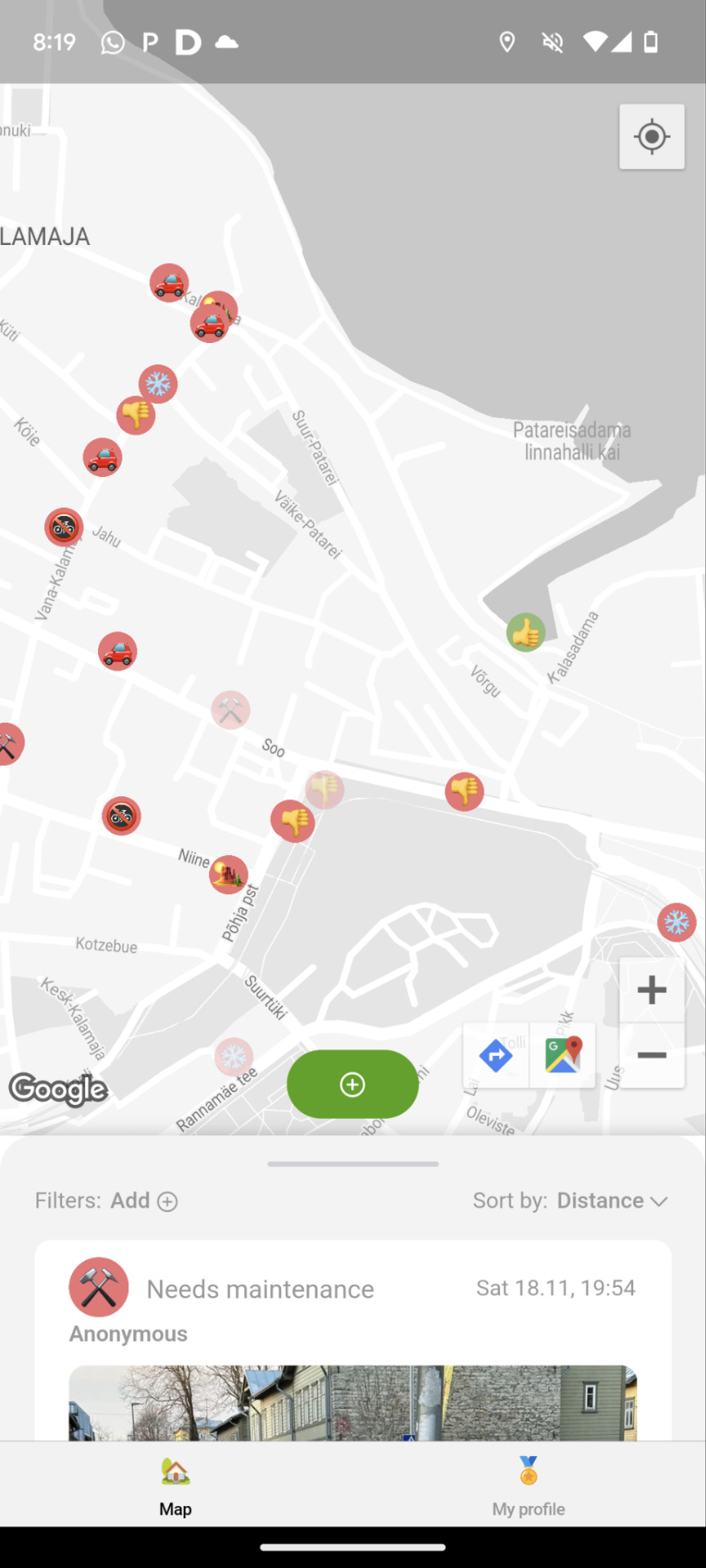


30 notes
·
View notes
Text
2024 Charter Awards submissions close December 31

Submissions for the #2024CharterAwards are open through December 31, 2023! Get inspired by past winners including the Albany Skyway that reclaims an "ugly chunk of highway" to reconnect downtown with the Hudson riverfront via a new linear park. Read more.
Submit to the 2024 Charter Awards at: https://www.cnu.org/charter-awards
#charter awards#2024 charter awards#albany#new york#connection#competition#projects#new urbanism#new urbanists
0 notes
Text

#gopissgorl#original meme#memes#philadelphia#septa#philly#market frankford line#mfl#adtranz m4#subway#elevated#subway cars#public transportation#transportation#trains#public transit#numtots#numtot#new urbanist memes for transit oriented teens
1 note
·
View note
Text

This study is a trans-disciplinary and trans-historical investigation into civilian and battlefield contexts in which speaker systems have been utilised by the military-industrial and military-entertainment complexes to apply pressure to mass social groupings and the individuated body. Drawing on authors such as historian/sociologist Michel Foucault, economist Jacques Attali, philosopher Michel Serres, political geographer/urban planner Edward Soja, musician/sonic theorist Steve Goodman, and cultural theorist/urbanist Paul Virilio, this study engages a wide range of texts to orchestrate its arguments. Conducting new strains of viral theory that resonate with architectural, neurological, and political significance, this research provides new and original analysis about the composition of waveformed geography. Ultimately, this study listens to the ways in which the past and current utilisation of sonic, infrasonic, and ultrasonic frequencies as weapons, apparatus for psychological manipulation, and instruments of physiological influence, by industrial, civilian, entertainment, and military organisations, predict future techniques of sociospatialised organisation.
14 notes
·
View notes
Text
turns out changing local policy is easy when you're extremely smart and sexy and have great ideas 💅
18 notes
·
View notes
Text
Curious what Tumblr sees as the best urbanist city(most livable without a car)
403 notes
·
View notes
